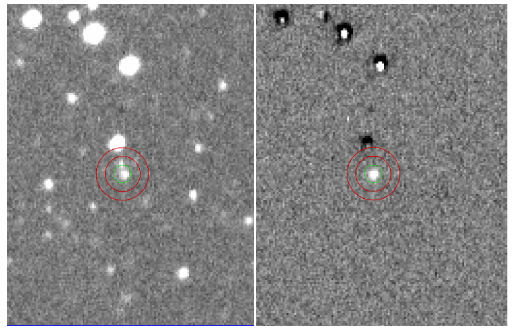GRB 221009A is the brightest Gamma-Ray Burst (GRB) detected in more than 50 years of study. In this paper, we present observations in the X-ray and optical domains after the GRB obtained by the GRANDMA Collaboration (which includes observations from more than 30 professional and amateur telescopes) and the Insight-HXMT Collaboration. We study the optical afterglow with empirical fitting from GRANDMA+HXMT data, augmented with data from the literature up to 60 days. We then model numerically, using a Bayesian approach, the GRANDMA and HXMT-LE afterglow observations, that we augment with Swift-XRT and additional optical/NIR observations reported in the literature. We find that the GRB afterglow, extinguished by a large dust column, is most likely behind a combination of a large Milky-Way dust column combined with moderate low-metallicity dust in the host galaxy. Using the GRANDMA+HXMT-LE+XRT dataset, we find that the simplest model, where the observed afterglow is produced by synchrotron radiation at the forward external shock during the deceleration of a top-hat relativistic jet by a uniform medium, fits the multi-wavelength observations only moderately well, with a tension between the observed temporal and spectral evolution. This tension is confirmed when using the extended dataset. We find that the consideration of a jet structure (Gaussian or power-law), the inclusion of synchrotron self-Compton emission, or the presence of an underlying supernova do not improve the predictions, showing that the modelling of GRB22109A will require going beyond the most standard GRB afterglow model. Placed in the global context of GRB optical afterglows, we find the afterglow of GRB 221009A is luminous but not extraordinarily so, highlighting that some aspects of this GRB do not deviate from the global known sample despite its extreme energetics and the peculiar afterglow evolution.

Gaffney, avant puis après soustraction des sources permanentes









